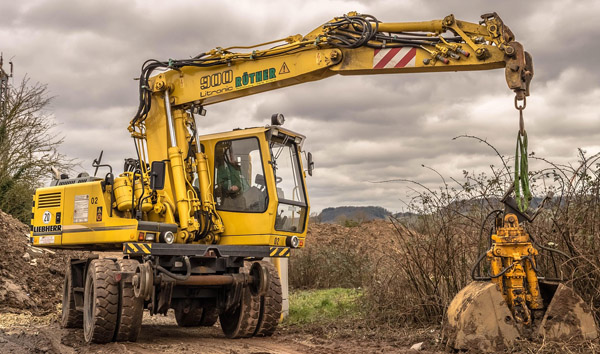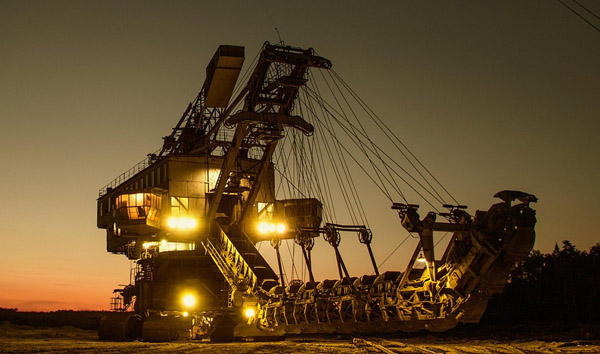Navigating the Challenges of Rough Terrain Telehandlers in Construction
2025-07-22 03:55:32
Rough terrain telehandlers are engineered to tackle uneven surfaces, steep inclines, and unstable ground conditions with ease. Unlike standard telehandlers, these machines feature robust four-wheel drive systems, heavy-duty tires, and reinforced chassis designs. According to industry data, the global rough terrain telehandler market is projected to grow at a CAGR of 6.8% from 2023 to 2030, driven by increasing demand in infrastructure development.
One of the standout features of rough terrain telehandlers is their adaptability across multiple industries. In construction, they excel in material handling, lifting heavy loads, and navigating debris-filled job sites. Agricultural applications include loading hay bales and transporting feed, while logistics firms use them in warehouses with uneven outdoor storage areas. A 2022 industry report highlighted that over 40% of rough terrain telehandler sales were attributed to the construction sector, underscoring their critical role in modern projects.
Technological advancements have significantly enhanced the performance of rough terrain telehandlers. Modern models now incorporate advanced hydraulic systems, telematics for real-time monitoring, and ergonomic operator cabins. For instance, leading manufacturers like JLG and Manitou have introduced AI-assisted load management systems to improve safety and efficiency. These innovations align with OSHA’s updated guidelines, which emphasize reducing workplace accidents involving heavy machinery.
Despite their advantages, operating rough terrain telehandlers requires specialized training due to their complex handling dynamics. OSHA mandates that operators complete certified training programs to mitigate risks such as tip-overs and load instability. Industry data reveals that nearly 30% of telehandler-related incidents occur due to improper operation, highlighting the need for stricter compliance with safety protocols.
Looking ahead, the rough terrain telehandler market is set to benefit from sustainability initiatives. Hybrid and electric models are gaining traction, with companies like Genie and Haulotte investing in eco-friendly alternatives. A recent study by McKinsey predicts that electric rough terrain telehandlers could account for 25% of total sales by 2030, driven by emission regulations and cost-saving incentives. As industries prioritize greener solutions, these machines will continue evolving to meet both performance and environmental standards.














